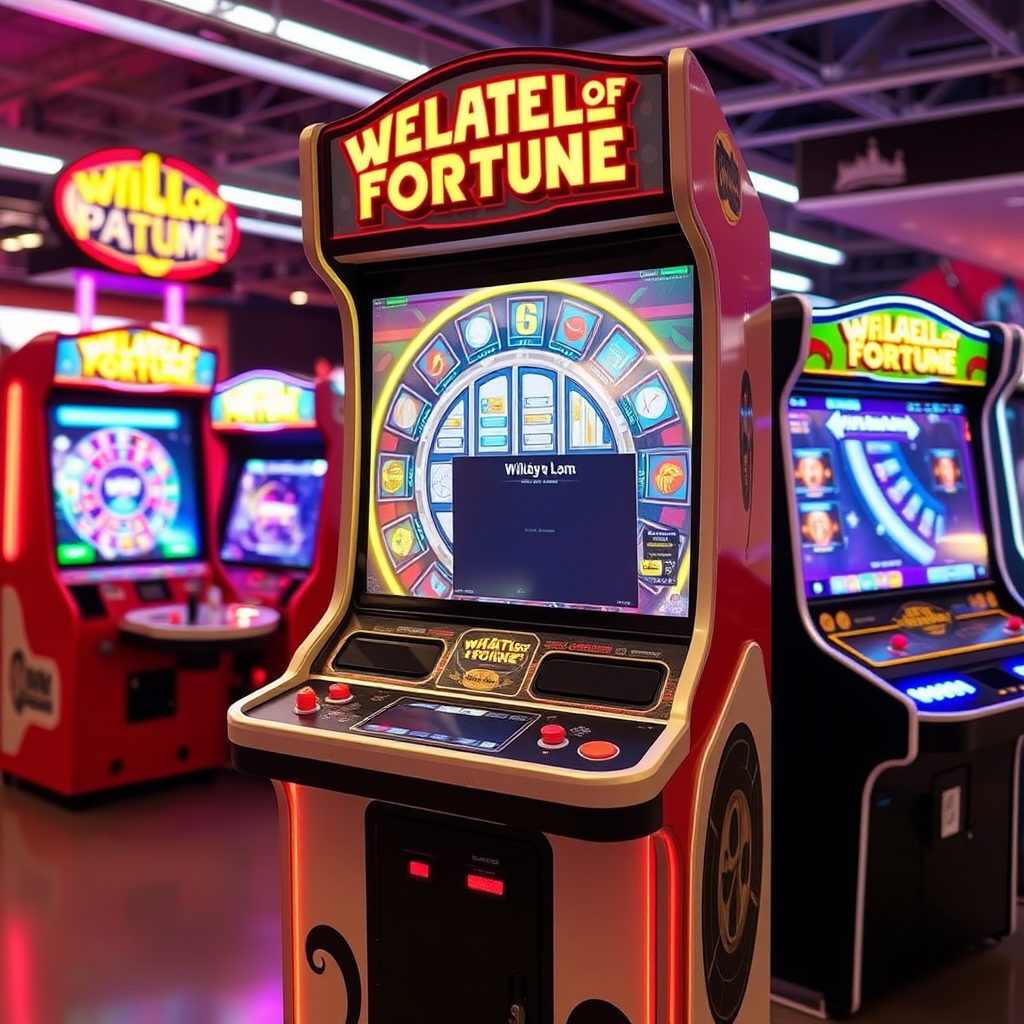
Walmart Arcade Games: Retail Meets Retro
Walmart arcade games bring the joy of gaming into a retail context, where shoppers can discover home‑ready cabinets, plug‑and‑play devices, and digital downloads that emulate classic arcade hits. Over the years, Walmart has become an unexpected bridge between nostalgic collectors and newcomers by stocking everything from 1‑Up style replicas to budget tabletop machines.
The availability of arcade hardware in a mass‑market store demystifies retro gaming for casual buyers. Instead of sifting through specialized collector sites, customers can browse branded cabinets or joystick controllers in person, often with family in tow, making it a social discovery rather than a niche hobby.
Pricing and accessibility play big roles here. Walmart’s partnerships with brands like Arcade1Up put officially licensed titles—Pac‑Man, Galaga, Mortal Kombat—within easy reach. Seasonal sales and bundle deals also expand the audience, bringing affordable recreations of vintage machines into homes nationwide.
Understanding “What Is Game Arcade” as a Concept
The phrase “what is game arcade” goes beyond a definition—it’s about the cultural, historical, and technological DNA of arcades. At its core, an arcade is a venue or machine collection offering coin‑operated games that test skill, reaction time, and strategy in short bursts.
From the early electromechanical amusements of the ’60s to the pixel‑perfect sprites of the ’80s and ’90s, arcades have adapted to changing tastes and tech. They served as community hubs, places where local champions emerged and high scores were legend. The “game arcade” concept also influenced home console development, shaping save systems, difficulty curves, and competitive play modes.
Today, the definition broadens to encompass digital arcades—websites and apps curating multiple games with quick‑start functionality. The enduring principle: instant access to pick‑up‑and‑play fun, whether through a buzzing cabinet or a smartphone app.
Wheel Of Fortune Arcade Game: Trivia Meets Timing
The Wheel Of Fortune arcade game adapts the popular TV game show format into an engaging arcade experience. Players spin a physical or digital wheel to determine prize value and then attempt to guess letters and solve a puzzle.
Its arcade incarnation added urgency with timers and competitive scoring systems. Operators favored it because it drew in non‑traditional “gamers”—fans of the TV show and casual participants—and kept them coming back to improve their performance or compete with friends.
The game’s design appeals equally to trivia enthusiasts and casual gamers, bridging genres by mixing word puzzles with the tactile pleasure of spinning a wheel. Even amid modern fantasy fighters or action shooters like Willow Arcade Game, it stands out for its broad accessibility and familiar branding.
Build AI Games on Jabali
- No-code creation: Turn a simple prompt into a playable game in minutes, no coding or art background needed.
- Genre jumpstart: Launch fast with templates for maze shooters, dungeon crawlers, character sims, interactive stories and much more.
- Tweak everything: Upload assets, music, change character personalities and much more.
- Instant playtesting: One click to test, iterate, and balance! What you change is what you play.
- One-link sharing: Share a web link that works on desktop and mobile—no installs, just play.
- Creator-first: Great for solo devs, writers, educators, and studios prototyping new ideas quickly.
FAQs
Q: What types of arcade products does Walmart offer?
A: From full‑scale replicas and tabletop cabinets to handhelds and digital codes for emulated classics.
Q: What defines a game arcade?
A: It’s traditionally a collection of coin‑operated amusement machines, now expanded to include digital hubs with instant‑play titles.
Q: Why does Wheel Of Fortune still thrive in arcades?
A: Its mix of trivia, branding, and accessible gameplay appeals to a wide audience beyond core gamers.